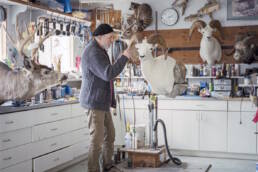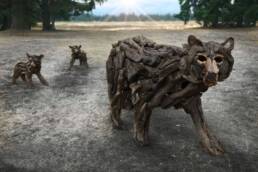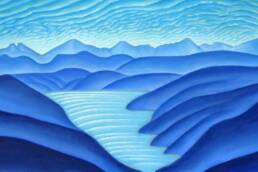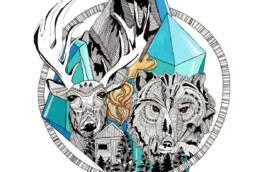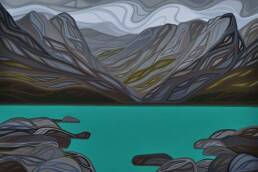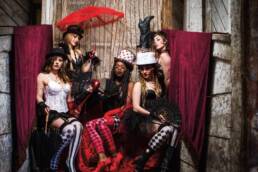For three decades, Lino Grifone has operated the Western Canada School of Taxidermy, teaching students the art of making a life appear eternal. By Jeff Pew. Photos by Kari Medig.
For over 50 years, Castlegar, British Columbia, artist and taxidermist Lino Grifone has honed his skills to honour an animal’s ultimate sacrifice by replicating its natural expression in a fleeting moment of time. “I remember it like it was yesterday,” says Grifone, 64, recalling an experience that shaped his life. He was hunting grouse at age 13 with his father and uncle. “I shot one, and when I picked it up, it was in pristine condition. I marvelled at its beauty.” When he got home, he didn’t waste any time. He skinned it and used cornmeal to absorb the blood and liquid, as he’d read in a correspondence course he’d ordered from the back of a magazine. He preserved the hide with borax, draped it over a mannequin he had carved out of foam, and sewed the seams with fishing line. “A few hours later, our short-haired pointer took off with it,” he says. “I never saw it again, but I was hooked.”
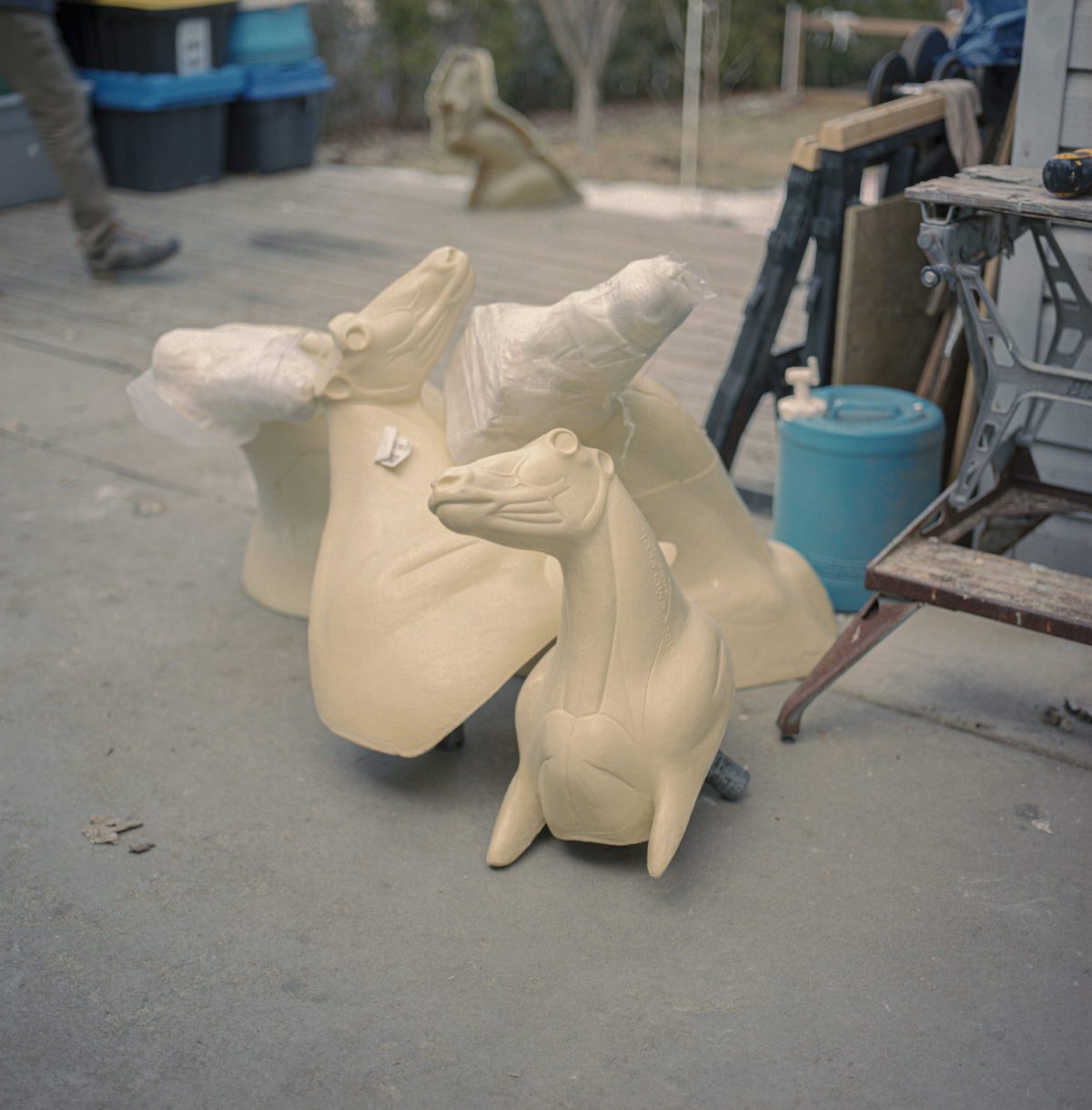
Realizing how difficult it was to learn without a teacher, Grifone — who has worked as a pipe fitter, park ranger, oil-field safety officer, and sculptor — started the Western Canada School of Taxidermy in 1991, Canada’s first private training institute. “It’s more accepted than it was in the past,” he says about people’s reactions to his career. “There’s more interest from the public, and the quality of taxidermy supplies has greatly improved.” He instructs students in a six-day course focusing on modern techniques and how to source products and materials.
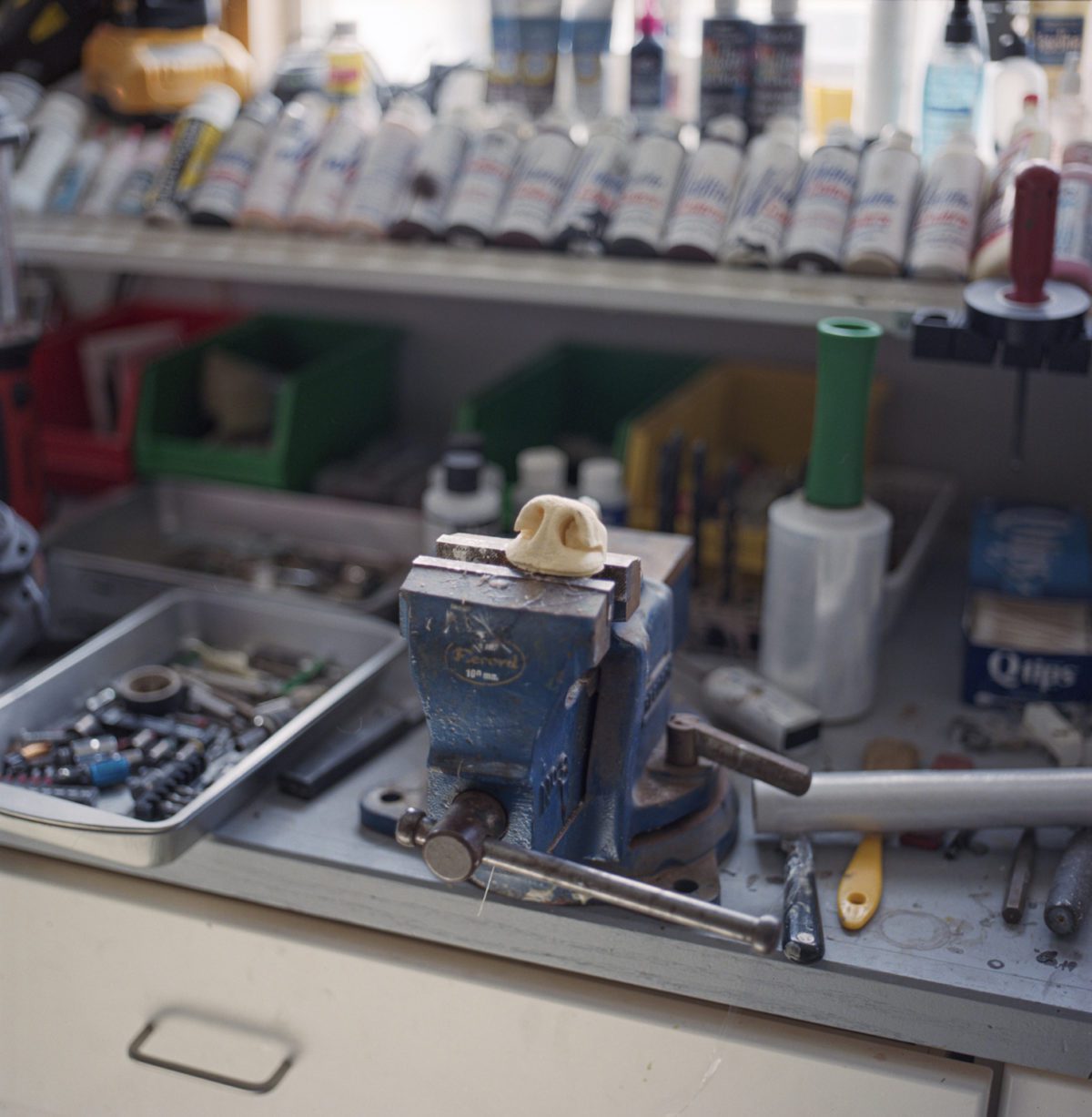
What is the oddest thing Grifone has worked on? “Someone hired me to mount a roadkill porcupine,” he says. “Occasionally, someone requests to have their dog or cat mounted, but I don’t have the heart to skin someone’s pet. Mountain goat and sheep are my favourite animals to hunt and mount, yet the bread and butter is deer.” But taxidermy has always meant more to him than earning money. “Like any artist who’s blessed with a talent, I’d feel guilty not continuing to ply my craft,” he says. “I retired from my job a long time ago, but I’ll continue creating until I can’t.”
Jeff Pew
Jeff Pew is co-founder of Poetry on the Rocks, an annual celebration of spoken word in the East Kootenays. He works as a creative writing teacher and counsellor to teens. He lives in Kimberley, BC.
Related Stories
We found him! Meet Driftwood Artist Alex Witcombe
Two months ago we posted a mystery about a wolf sculpture made from driftwood near the Oyster River on Vancouver…
KMC Cover Artist Scott Dickson Blows Up
Nelson, BC resident, and mega talented artist Scott Dickson has teamed up with the forces of nature to let loose a…
Artist Profile: Kate Zessel
Whistler, British Columbia, illustrator Kate Zessel draws her inspiration from the mountains where she lives and from…
Artist Profile: Jody Bruce
No people, animals or buildings. Nothing man-made. Jody Bruce only paints trees, mountains, water, rocks, the land, the…
Meet Hickshow Productions
Hickshow Productions is as grassroots as it gets: they're Slocan Valley sleddin' souls who have a scene or two to…
Artist: The Circus Acts Insomniacs
Whether Fernie, British Columbia, knows it or not, its entertainment scene has been taken up a notch by a fantastical…


